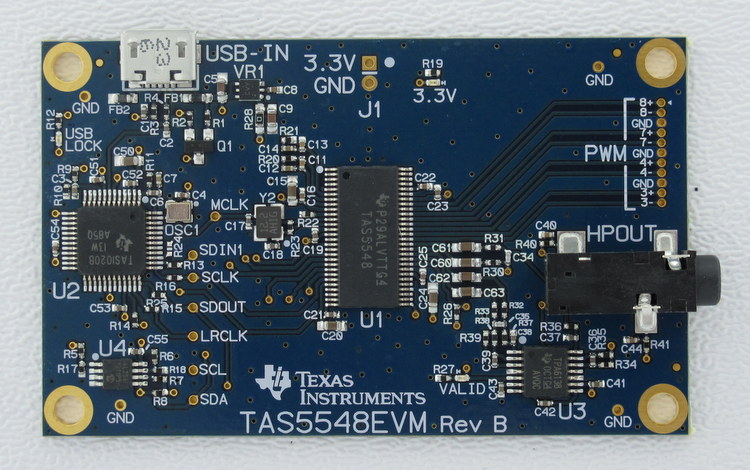Hello,
I have a TAS5548EVM and would like to supply the board from an external 3,3V voltage source. Is it ok to remove R28 to disconnect the on-board regulator to do this?
Furthermore, I would like to configure the TAS5548 via an external I2C-Master. Removing R9 will keep the TAS1020 in reset state, which should disable its I2C pins.
Are both measures sufficient for external supply and configuration of the board, or did I overlook something?
Thanks and regards,
Stephan


